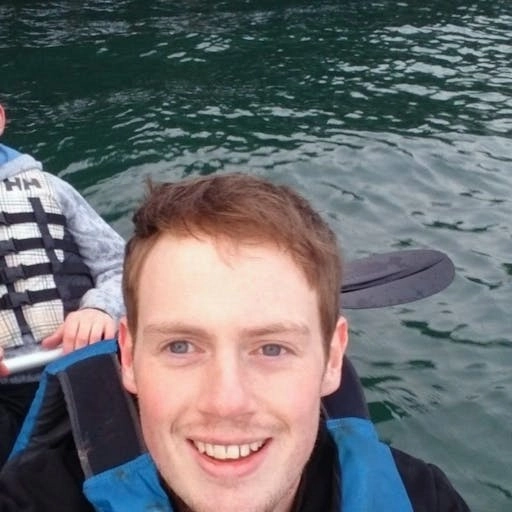Blue holes are found all around the world, from the Red Sea to the South China Sea and even the Caribbean, these natural phenomena are home to a diverse array of marine life. Owing to their unique (and deep) characteristics, they are habitats for marine wildlife and adventurous divers alike.
How Blue Holes are formed
Essentially, blue holes are sinkholes similar to those commonly found on land. They're largely formed during ice ages when the earth's surface were covered by numerous glaciers.
Underground, in permeable carbonate rock layers such as sandstone or limestone, groundwater moves through cracks, eroding large caverns. At some point, the ceilings collapse, causing large sinkholes to appear.
As the glaciers continue to recede, the meltwater raises sea levels around the world, to the point where they pour into the voids, filling them with seawater. This is how blue holes are formed.
The Great Blue Hole
Arguably the most famous Blue Hole is The Great Blue Hole, located off the coast of Belize in central South America. It lies near the center of Lighthouse Reef, a small atoll 70 km (or 43 miles) off the Belize coast.
At a depth of 407 ft (124m) and a diameter of 1,043 ft (318m), The Great Blue Hole is the largest in the world. Its distinct round shape gives it a striking appearance when viewed from above. It's part of the Belize Barrier Reef Reserve System, which is designated as a UNESCO World Heritage Site.
It was made famous by Oceanographer Jacques Cousteau, who declared it one of the top five scuba diving sites in the world. In 1971 charted its depth onboard his boat, Calypso. Ever since it's been a popular scuba diving site.
The Great Blue Hole teem with diverse marine life, including various shark species, reef fish, and other marine creatures. While the shallower parts of the hole offer vibrant coral reefs and diverse fish populations, the deeper sections are host to unique ecosystems adapted to low-light conditions, including Caribbean reef sharks, nurse sharks, hammerhead sharks and blacktip sharks.
📍 See tides nearby The Great Blue Hole
During a 2018 expedition, Erika Bergman explained a thick layer of toxic hydrogen sulfide stretched across the sinkhole, preventing oxygen from getting deeper. She went on to describe "[at the bottom] we found conchs and conch shells and hermit crabs that had fallen into the hole and suffocated"
We found conchs and conch shells and hermit crabs that had fallen into the hole and suffocated
Other notable Blue Holes
Aside from The Great Blue Hole, many other underwater sinkholes can be found around the world. Let's explore some of them.
Dean's Blue Hole
Located in a bay west of Clarence Town in the Bahamas, Deans's Blue Hole is the world's third deepest Blue Hole with a depth of 202 metres.
Taam Ja' Blue Hole
Located in Mexico's Yucatan Peninsula, Taam Ja' Blue Hole isn't far from the site where the asteroid that killed off the dinosaurs 66 million years ago. It's believed to be 275m deep after its depth was recorded in 2021.
Red Sea Blue Hole
Popular with scuba divers, the Red Sea Blue Hole is 94m deep. The Red Sea Blue Hole is located a few kilometres north of Dahab, Egypt

Your thoughts and comments